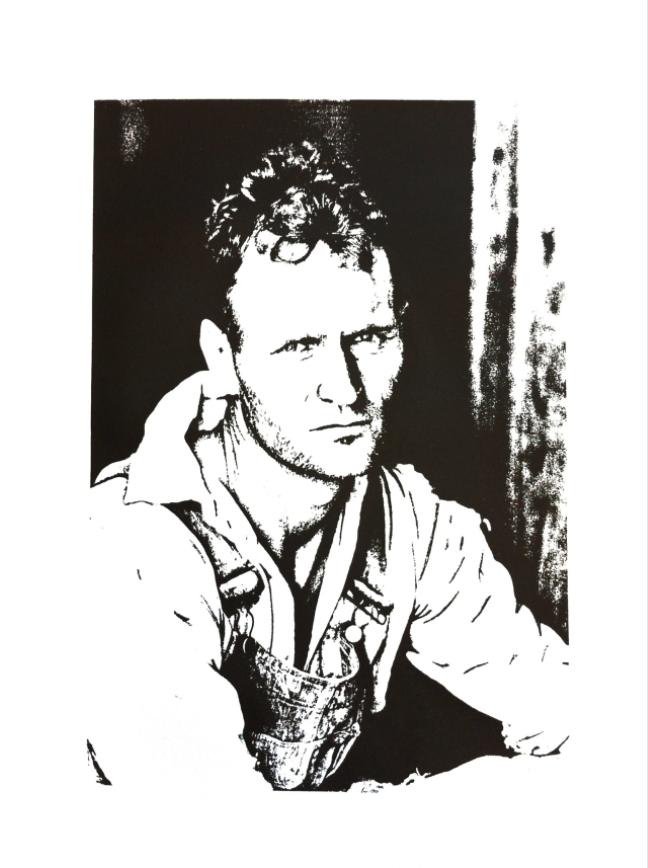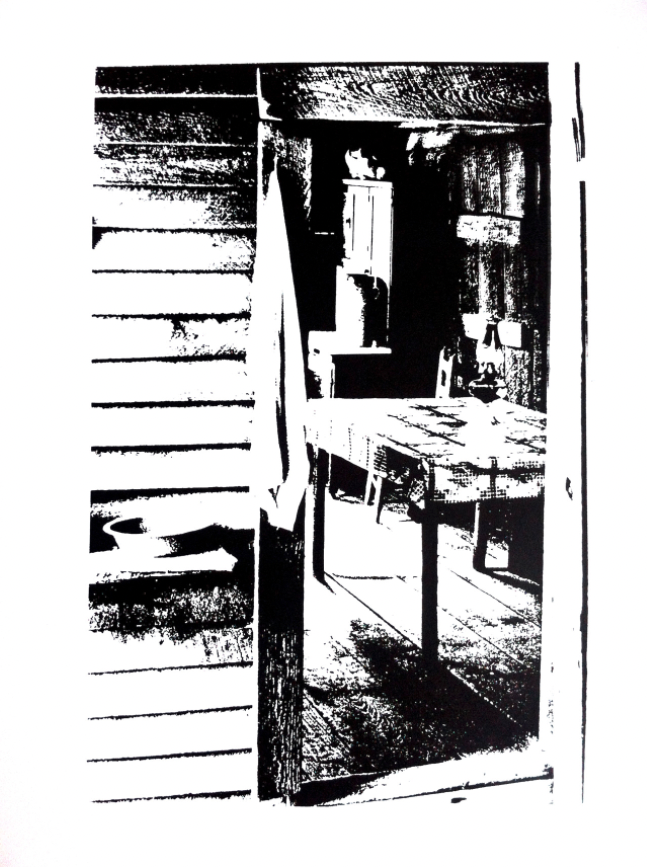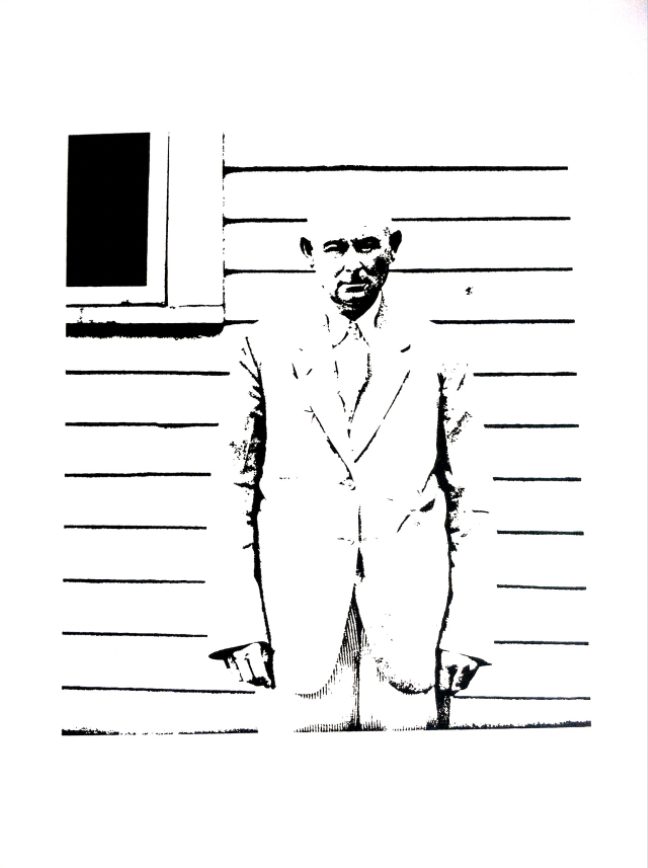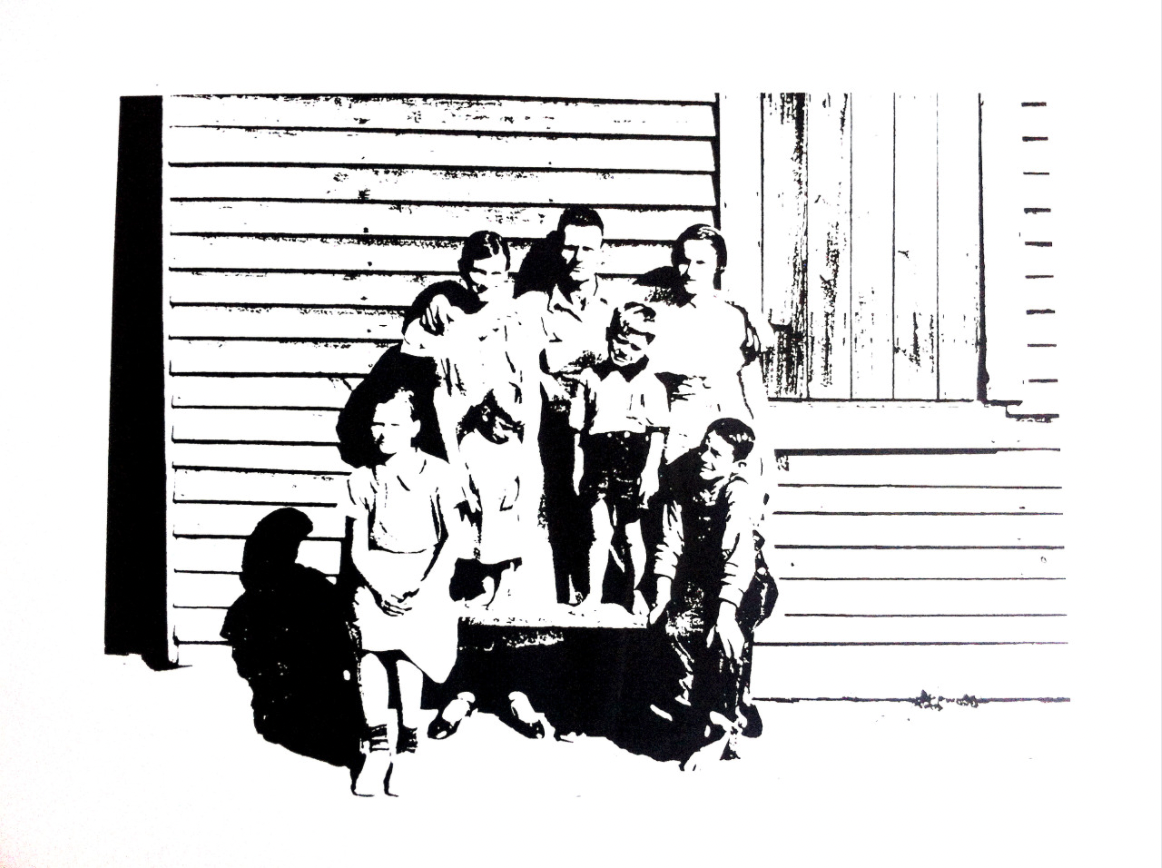Timeline
1936
Walker Evans photographed the Burroughs, a family of sharecroppers in Depression Era Alabama as part of the then US Farm Security Administration's initiative to depict the impact of the Great Depression.
1979
Sherrie Levine rephotographed Walker Evans' photographs from the exhibition catalog "First and Last", asserting that one could rephotograph an image and create something new in the process.
2001
Michael Mandiberg scanned these same photographs, and created AfterWalkerEvans.com and AfterSherrieLevine.com bringing Levine's critique into the digital age.
Kendall Bruns duplicated Mandiberg's two websites, and created AfterMichaelMandiberg.com to give a greater demonstration of the extent to which media is known in this digital age.
Badur Ramji created a downloadable .zip file as an exact replica of Mandiberg's website.
2012
An unknown Tumblr user created their own AfterMichaelMandiberg project.
Another Tumblr account sprouts up; https://aftermichaelmandiberg-blog.tumblr.com/
2014
Phil Hackett did a tremendous amount of research and created yet another AfterMichaelMandiberg.com (as well as AfterKendallBruns.com). This time creating unique pieces of art from the appropriated originals. In another distinct turn from the series of works, 76 limited edition screen prints were created and offered for sale by Hackett (with proceeds going to Alabama Possible).
2021
Carlo Montagnino took screengrabs of Phil Hackett's website, capturing the prints, and offered them as rare NFTs.
After Phil Hackett aims to continue the tradition of appropriation, reproduction, and distribution of Walker Evans' iconic photos from 1936. It plucks ideas from the history of this lineage, but also pushes this idea closer to it's logical end.
Selling Hackett's images (derivative of Mandiberg's derivative images of Sherrie Levine's derivative images of Walker Evans images) digitally as NFTs, I aim to do the following;
- Recontextualize the original photographs, which are of great import, depicting a time of transition into technocratic authority.
- Demonstrate truths about the nature of conceptual art and NFTs, specifically regarding approriation and reproduction.
- Maintain Mandiberg's idea of providing a Certificate of Authenticity for the appropriations. The purchase record, stored on the blockchain, acts as such, and allows for any re-sale of the work to have its own "certificate".
- Call attention to the suspect nature of NFTs as they lack tangible value and can themselves, like art in the digital age, easily be "stolen" and owned without permission of the artist.
- Normalize criticism of "Digital Lifestyle", "The Metaverse", Cryptocurrency, and NFTs which are becoming increasing more popular with mainstream audiences.
- Imply similarities between Crypto/NFTs and Fine Art as facilitators of money laundering. Whereas Art and Blockchain are both real and powerful tools for progress, often misused for personal gain.
These NFTs are available for purchase.
The NFTs
These are sold on OpenSea.io. If you are unfamiliar with purchasing NFTs, please see their excellent "Getting Started" page.
Acknowledgements
Michael Mandiberg, who's work AfterSherrieLevine.com started this 20+ year conversation around appropriation and ownership.
Phil Hackett who has compiled a comprehensive source of history of this conversation. An effort that allows the entire series of projects to have a proper and accessible context.
Walker Evans, who's original photographs of the Burroughs (while exploitative in their own right) depict a situation in which a family toils under an economic system that is rigged against them.





